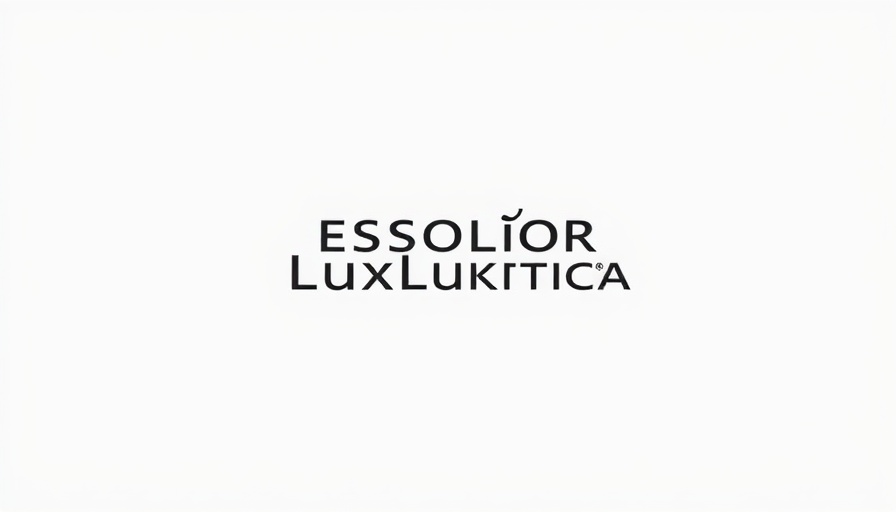
New Study Reveals Effectiveness of Essilor Stellest Lenses
A recent six-year study has shed light on the long-term efficacy of Essilor's Stellest lenses in slowing the progression of myopia among children. As myopia, or nearsightedness, continues to be a growing concern worldwide—especially among young people—this research provides crucial insights into innovative eye care solutions.
The Growing Crisis of Myopia
Globally, myopia affects over 1 billion people, and projections suggest that by 2050, half of the world's population could be myopic. This epidemic is most pronounced in densely populated urban areas where children often spend less time outdoors and engage more in close-up activities, such as reading or using digital devices. Slowing myopia progression has become critical to preventing severe eye health issues in adulthood.
Essilor's Innovative Approach to Eye Care
Essilor's Stellest lenses employ a unique technology designed to create a precise dual prescription, addressing both distance vision and the blur effect that contributes to myopia progression. The lenses are crafted to provide gradual and adaptive power changes, making them suitable for developing eyes.
Supporting Evidence from Research
In the latest study involving over 600 children, data showed that those using Stellest lenses experienced significantly slower myopia progression compared to those using standard single-vision lenses. Over the six-year period, children in the Stellest group showed, on average, a reduction of approximately 67% in the annual rate of myopia progression when compared to those in the control group. This evidence strongly supports the notion that early intervention with personalized lenses may have lasting benefits for children's vision.
Future Implications for Eyecare and Children
With myopia becoming an increasingly pressing public health concern, the findings from the Essilor study underscore the need for proactive measures in children’s eye health. Optometrists are encouraged to consider innovative lens options like Stellest when addressing young patients to potentially mitigate long-term consequences. However, it is also essential to promote outdoor activities as part of a comprehensive strategy to combat myopia development.
Counterarguments: A Balanced Perspective
While the results are promising, some eye care professionals advocate for additional research to confirm these findings over an even broader demographic. Critics point out variations in individual eye development and lifestyle factors that may impact the effectiveness of Stellest lenses. This perspective reminds us that while innovation is vital, it’s equally important to incorporate personalized care and lifestyle adjustments.
Moving Forward: What Families Should Know
As more families become aware of the myopia epidemic, it becomes vital to educate them on the risks and available interventions. Parents should discuss the results of the Essilor study with their optometrists, exploring whether Stellest lenses might be a suitable option. Keeping children engaged in outdoor activities and ensuring they take regular breaks from screen time can also contribute to healthier vision overall.
The ongoing research into myopia treatment will undoubtedly continue to evolve, and being informed is a powerful tool for navigating your child's eye health journey. Stay connected with your optometrist to keep updated on the latest developments in eyecare solutions.
 Add Row
Add Row  Add
Add 




Write A Comment